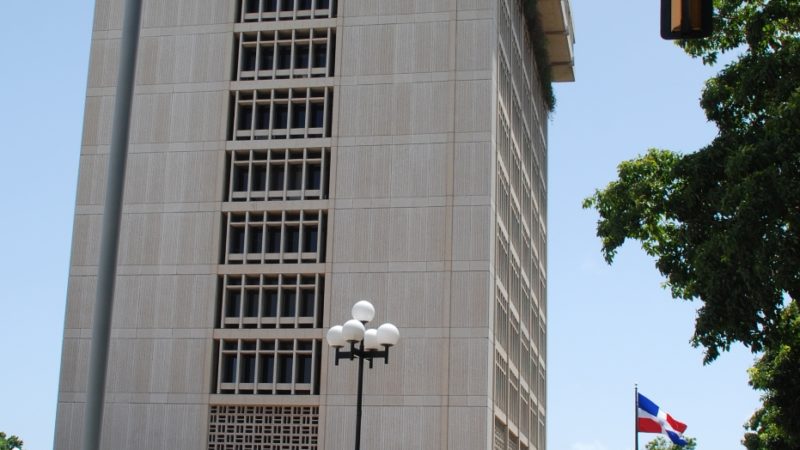The strange economic miracle of the Dominican Republic

Central Bank building. The National / Archive. Jorge gonzalez. 06.25.2009
To classify the Dominican Republic as a prototype of an economic miracle in Latin America, the government has to explain why indebtedness grows more than GDP, why the informal sector provides more than 55% of employment, why they have reduced exports by specific lines, or why tax revenues have not grown enough.
These considerations were presented by Guillermo Caram, former governor of the Central Bank, who made the statement regarding the dissemination of an article on the Argentine website Infobae, entitled “What are the secrets of the ‘economic miracle’ that nobody talks about in Latin America,” under the signature of Darío Mizrahi.
In that sense, he stated that the authorities should reveal how it is possible that in a “financial miracle,” the debt increases much faster than the GDP.
Growth is supposed to generate wealth, resources, and surpluses that make it unnecessary to resort to indebtedness, Caram said, noting that in the country the GDP 2012-2018 grew 41%. The debt grew 63%, 34% faster.
“Why have tax revenues grown at a much lower rate than GDP? 26%, obtained by deflating from nominal growth (44%) 18% inflation between 2012 and 2018?” Asked the economist.
Comparing that 26% of revenue growth with 41% of GDP, he said that it should be explained why revenues evolved 63% below economic growth.
Another contradiction of the Dominican economic miracle is employment, says Caram, stressing that the government should explain why the informal sector generates 55 % of jobs.
“Between 2014-2018, jobs grew 14% while GDP was 27%. As there is no evidence that our labor productivity has increased, it is not understood why employment has grown at a rate equivalent to half the GDP.”
“How is it possible that an economic miracle causes a deterioration of the deficit in the balance of goods, 6.7%, going from US $ 8.7 billion in 2012 to US $ 9.3 billion in 2018?”
Fall exports and external dependence. For Caram, it is counterproductive that the country represents an economic miracle when there is a fall in the production of items that have traditionally had comparative advantages.
“25% reduction in sugar exports, conversion of importers instead of coffee exporters and 11% drop in industrial exports in those six years.”
For Caram, one cannot speak of a miracle when there is an external dependency, both when paying rents for foreign investments. Both increased by 60% between 2012-2018, from US $ 2.5 billion to US $ 3.9 billion, as well as in the service payments of the non-financial public sector debt that averaged US $ 4.5 billion/year in those years.
Poverty, lack of transparency. The benefits of the Dominican economy do not correspond, according to Caram, with the maintenance of such high subsidies and developing hurtful programs of human dignity such as humiliating Christmas deals.
Another of the weaknesses of the Dominican economic system, which Caram refers to questioning the Argentine publication, is the low position that the country has at the level of competitiveness since, among 141, it ranks 78.
The lack of transparency also contradicts any economic miracle, affirms that “there is corruption, and there are complicities between economic agents and the government in public decision making: hiring, pricing.”
Another element that highlights Caram is the state intervention in the market by setting interest rates to raise money to cover its deficits, setting fuel prices, or electricity.
In its list of the “12 miracles” of the local economy, it includes institutional weakness. At the same time, the State disrespects decisions of other organizations and the precariousness of public services such as health, education, transportation, or citizen security.

















